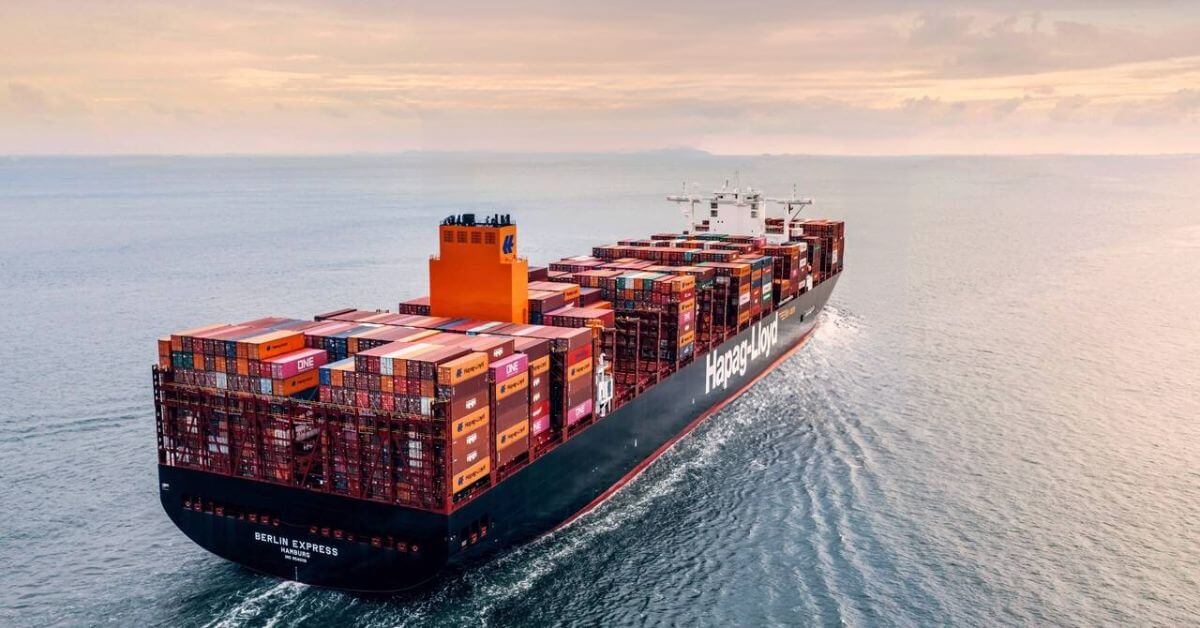1. Port and Terminal Information
1.1 Incheon Port consists of multiple terminals:
– North Port (main commercial port): 8 general cargo berths, 4 container berths
– South Port: 5 berths for coastal trade and fishing vessels
– International Passenger Terminal: 2 berths for cruise ships
– New Port (expanding area): 4 deep-water container berths (16m depth)
1.2 Maximum permissible drafts:
– North Port: 13.5m (tide-dependent)
– New Container Terminal: 16.0m (Berths 1-4 only)
– Oil Terminal: 14.0m
1.3 Operational hours:
– Container terminals: 24/7
– Dangerous goods: 0800-1700 only
– Grain terminal: 0600-2400
1.4 Terminal specifications:
– ICT (Incheon Container Terminal): 1,200m quay length, 4 Super Post-Panamax cranes
– Grain Terminal: 2 berths, 5,000 T/day capacity, 60,000T silo storage
– Oil Terminal: 2 berths, max 80,000 DWT vessels
2. Navigation and Pilotage
2.1 Pilotage requirements:
– Compulsory for vessels >500 GT or LOA >50m
– Pilot boarding area: 37°23.5’N 126°36.5’E (±0.5nm during tides)
– Pilot transfer: Daytime only when wave height >2.5m
2.2 Channel data:
– Main approach channel: 13.5m depth × 300m width
– Secondary channels: 10-12m depth
– Turning basins: 500m diameter at all terminals
2.3 Tidal information:
– Mean range: 7.0m (spring tide max 9.8m)
– Tide tables must be from Korea Hydrographic Office (2024 edition)
2.4 Navigation hazards:
– Strong currents (up to 4 knots) near Flying Fish Bridge
– Fog occurs 45 days/year (March-June average)
– Winter ice accretion possible (December-February)
3. Anchorage Areas
3.1 Designated anchorages:
– Outer Anchorage (37°22’N 126°25’E): Depth 15-20m, mud bottom
– Inner Anchorage (37°26’N 126°35’E): Depth 10-15m, max LOA 200m
– Emergency Anchorage (37°24’N 126°30’E): Depth 20m
3.2 Anchorage regulations:
– Minimum 0.5nm separation between vessels
– Anchor watch mandatory (currents up to 3 knots)
– No anchoring in main navigation channels
4. Cargo Operations
4.1 Container handling:
– Average productivity: 25-30 moves/hour per crane
– Reefer capacity: 1,200 plugs (440V/60Hz)
– Dangerous container storage: 48-hour maximum
4.2 Bulk cargo:
– Grain dust suppression mandatory
– Coal terminals: automatic sprinklers, max 5,000T/day
4.3 Dangerous goods:
– Class 1 explosives: daylight only
– DG classes 1-9: 72-hour pre-advice required
– IMDG Code compliance strictly enforced
5. Safety and Security
5.1 ISPS compliance:
– Security Level 1 (normal operations)
– SSP verification before entry
5.2 Emergency contacts:
– Port Control: VHF Ch 12/16
– MRCC Incheon: +82-32-890-6912 (official)
5.3 Fire safety:
– Foam monitors: 10,000 L/min capacity
– Dedicated fireboats at oil terminal
– Hot work permits required
6. Environmental Regulations
6.1 Ballast water:
– Mandatory exchange outside 200nm
– BWM reporting via K-REACH system
6.2 Air emissions:
– ECA compliance (0.1% sulfur cap)
– Shore power at Berths 4-6 (New Port)
6.3 Waste disposal:
– MARPOL-compliant facilities at all terminals
– Oil waste reception: 24-hour service
7. Special Considerations
7.1 Ice conditions:
– December-February: possible 20cm ice
– Icebreaker support (24-hour notice)
7.2 Typhoon season:
– June-September: double mooring required
– Port closure when winds >25m/s
7.3 Currents:
– Maximum 4 knots during spring tides
– Special maneuvering required for large vessels
8. Port Services
8.1 Bunkering:
– Suppliers: SK Energy, Hyundai Oilbank
– Delivery time: 6-12 hours
8.2 Provisions:
– Fresh water: 100 T/hr at berths
– Waste disposal: 24-hour service
8.3 Ship repairs:
– Limited to minor repairs
– Dry docking available at nearby facilities
9. Legal and Administrative
9.1 Customs clearance:
– ETA submission 24h prior via KCS
– Crew changes with valid visas
9.2 Port dues:
– Calculated per GT
– 10% discount for eco-ships
9.3 Health regulations:
– Medical declaration required
– Quarantine inspections possible






